site search
online catalog
MINT CONDITION CIRCA 1630 MATCHLOCK MUSKET

Hover to zoom

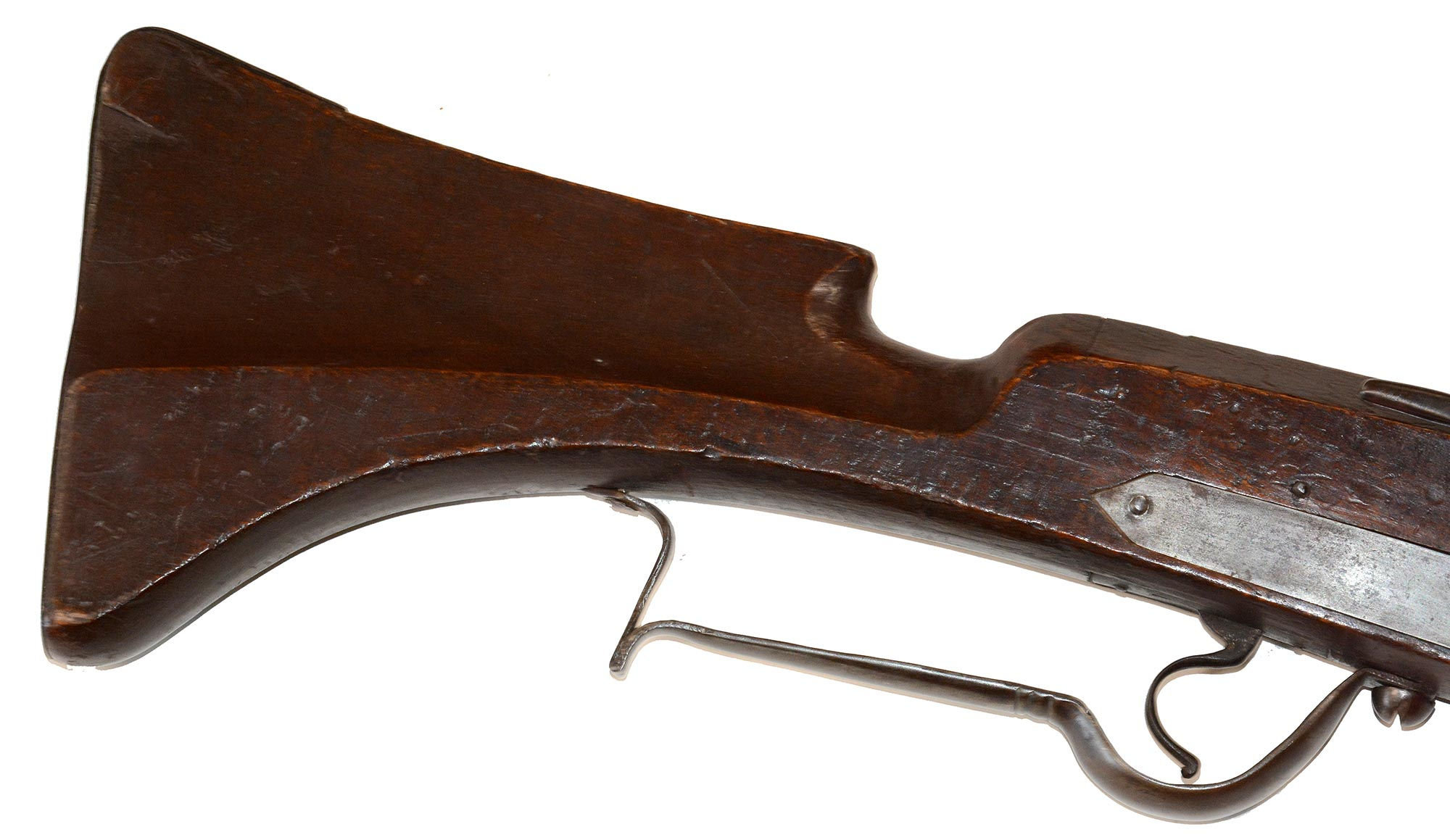
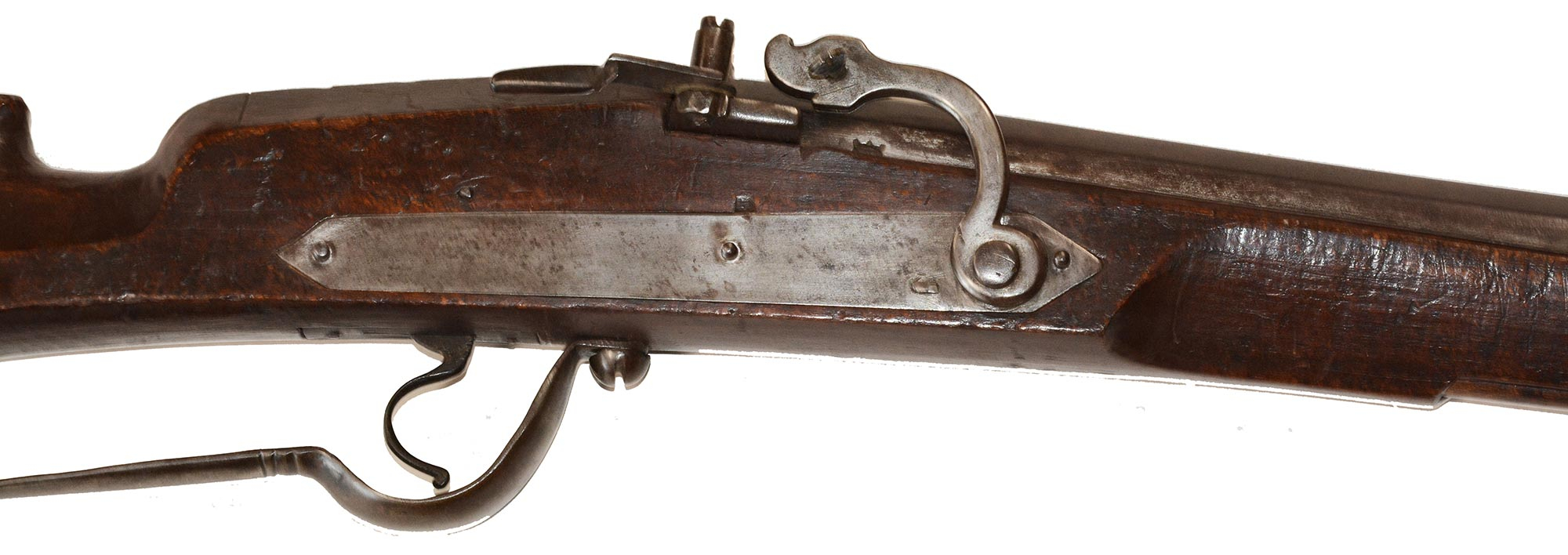



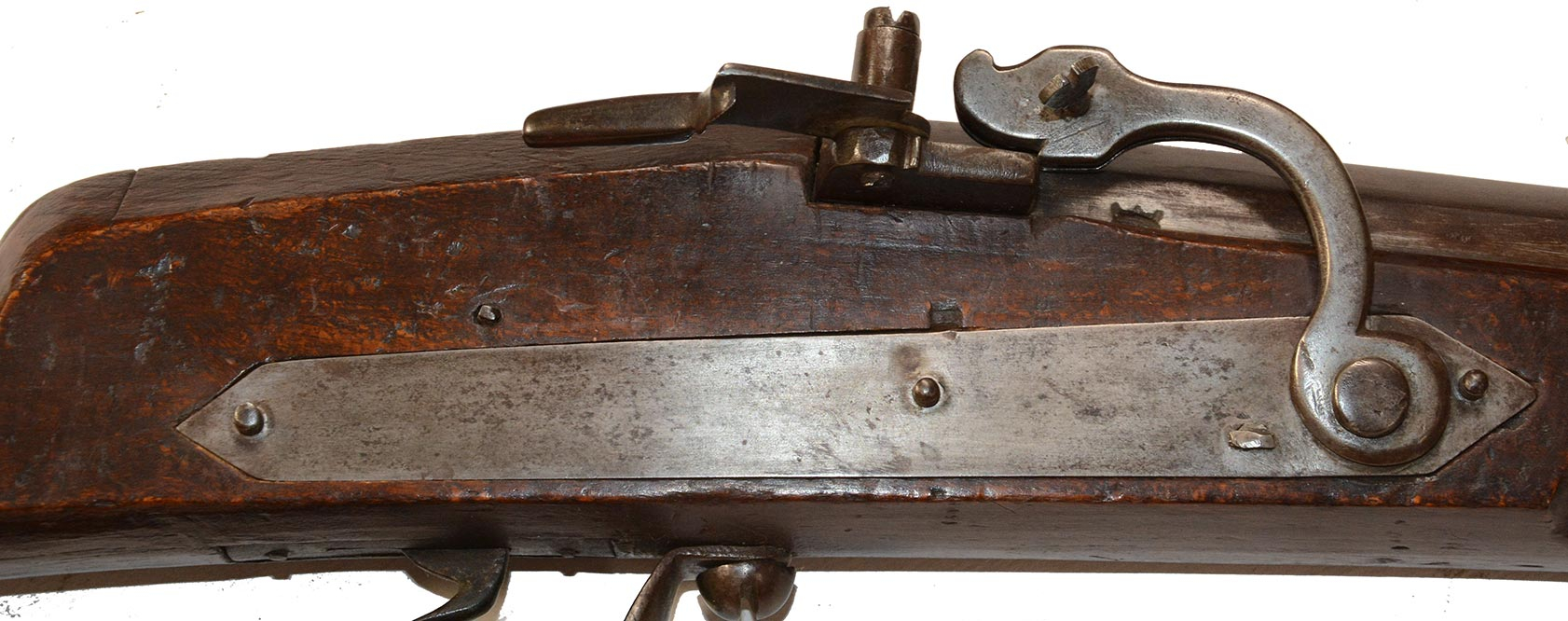
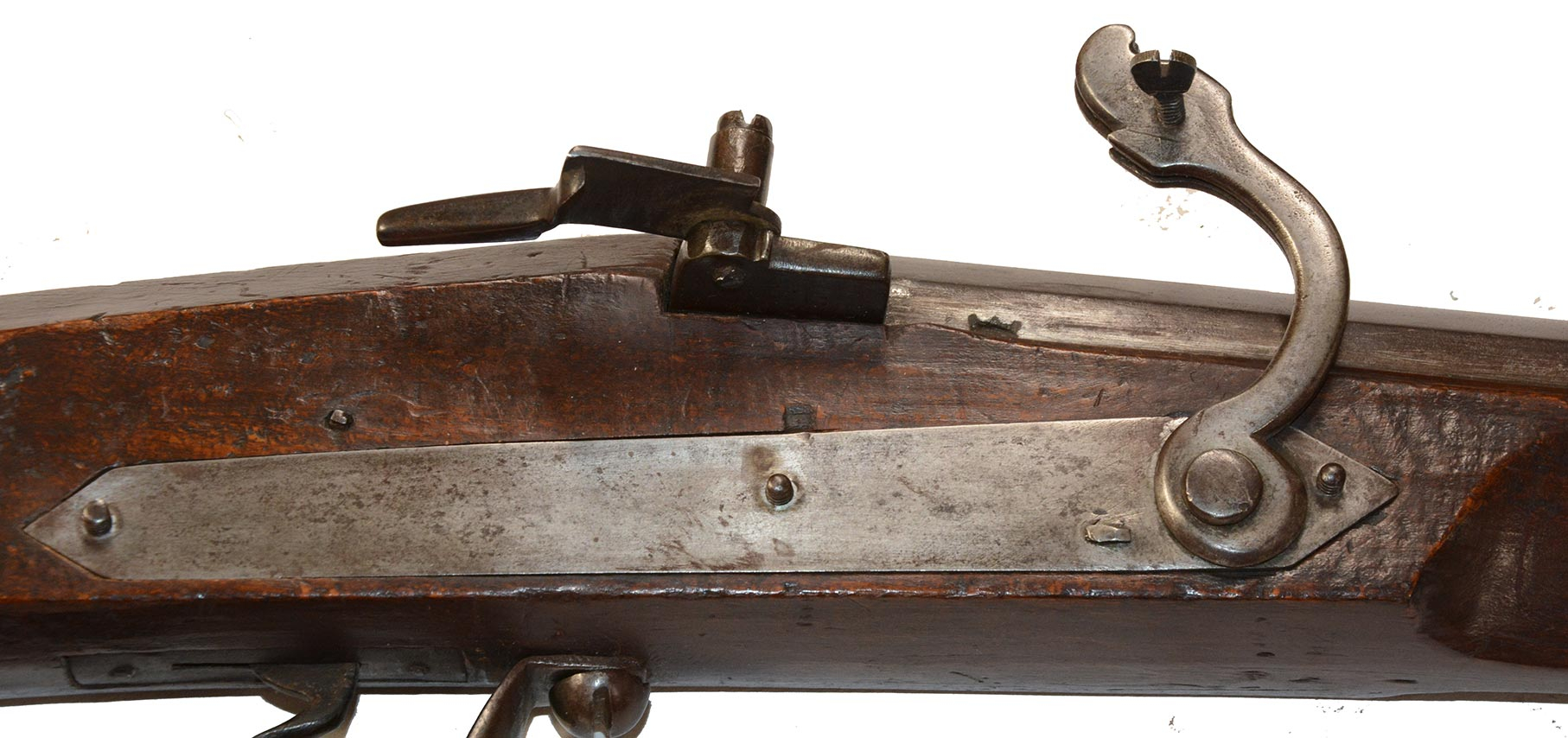

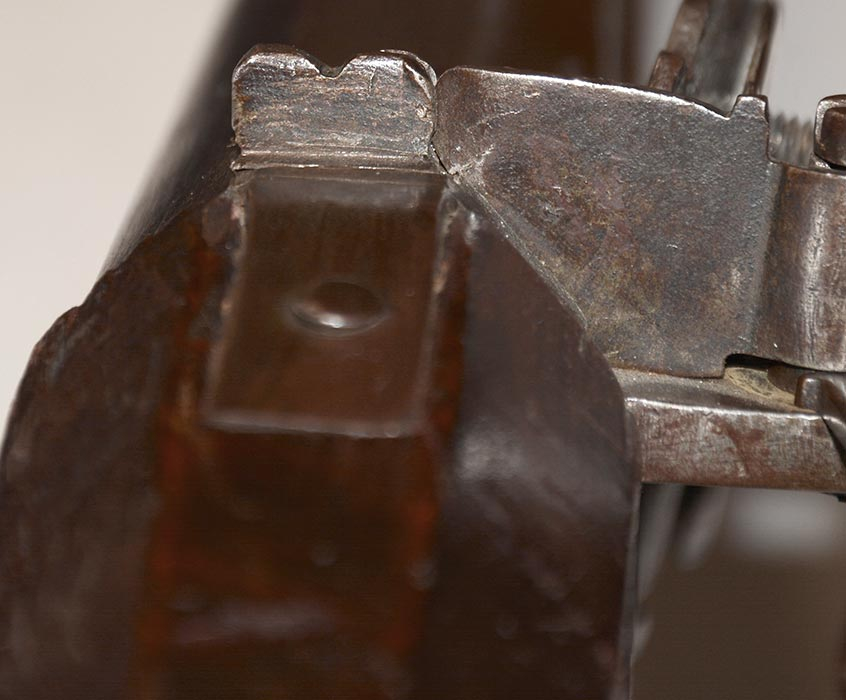
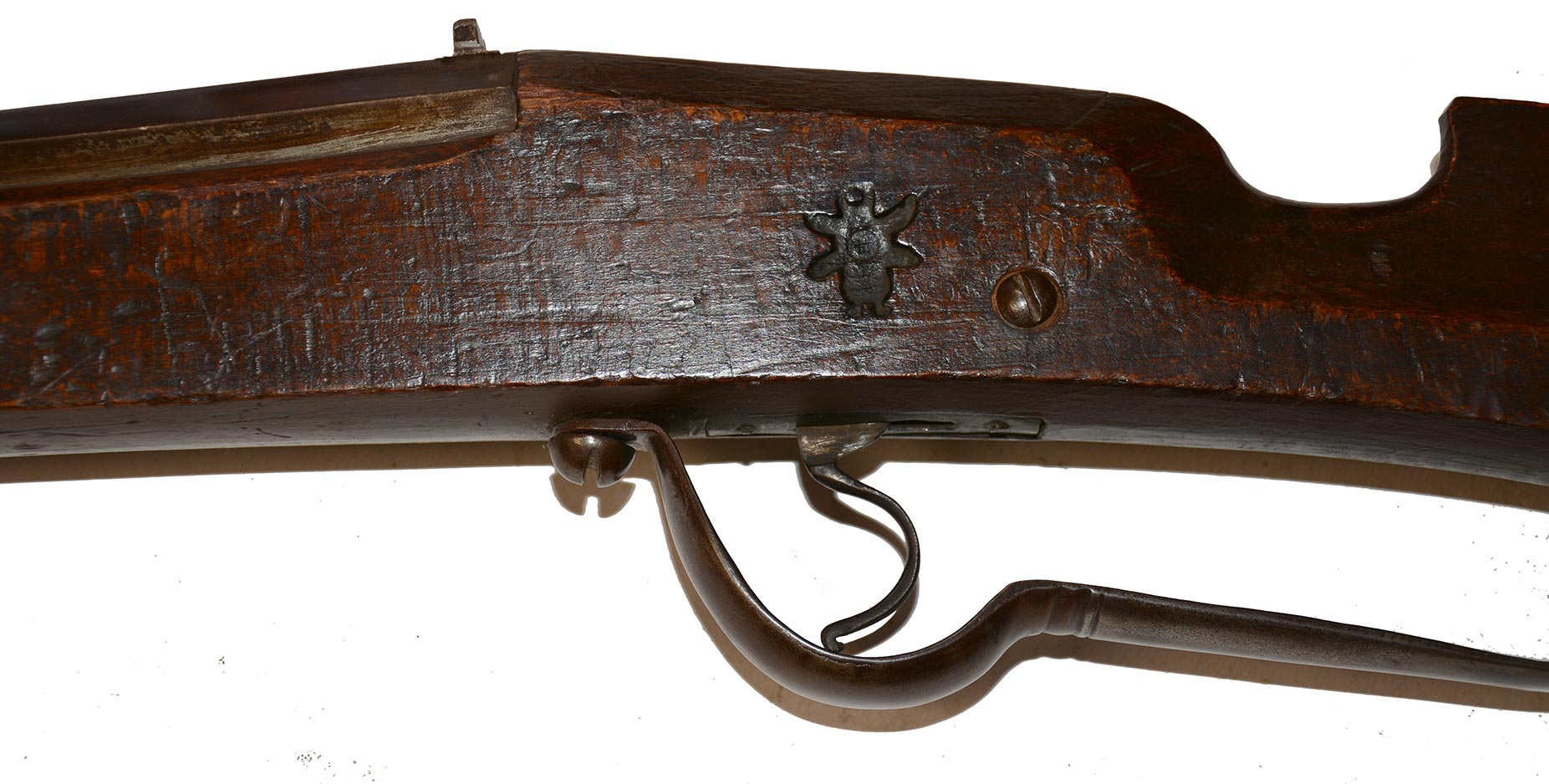
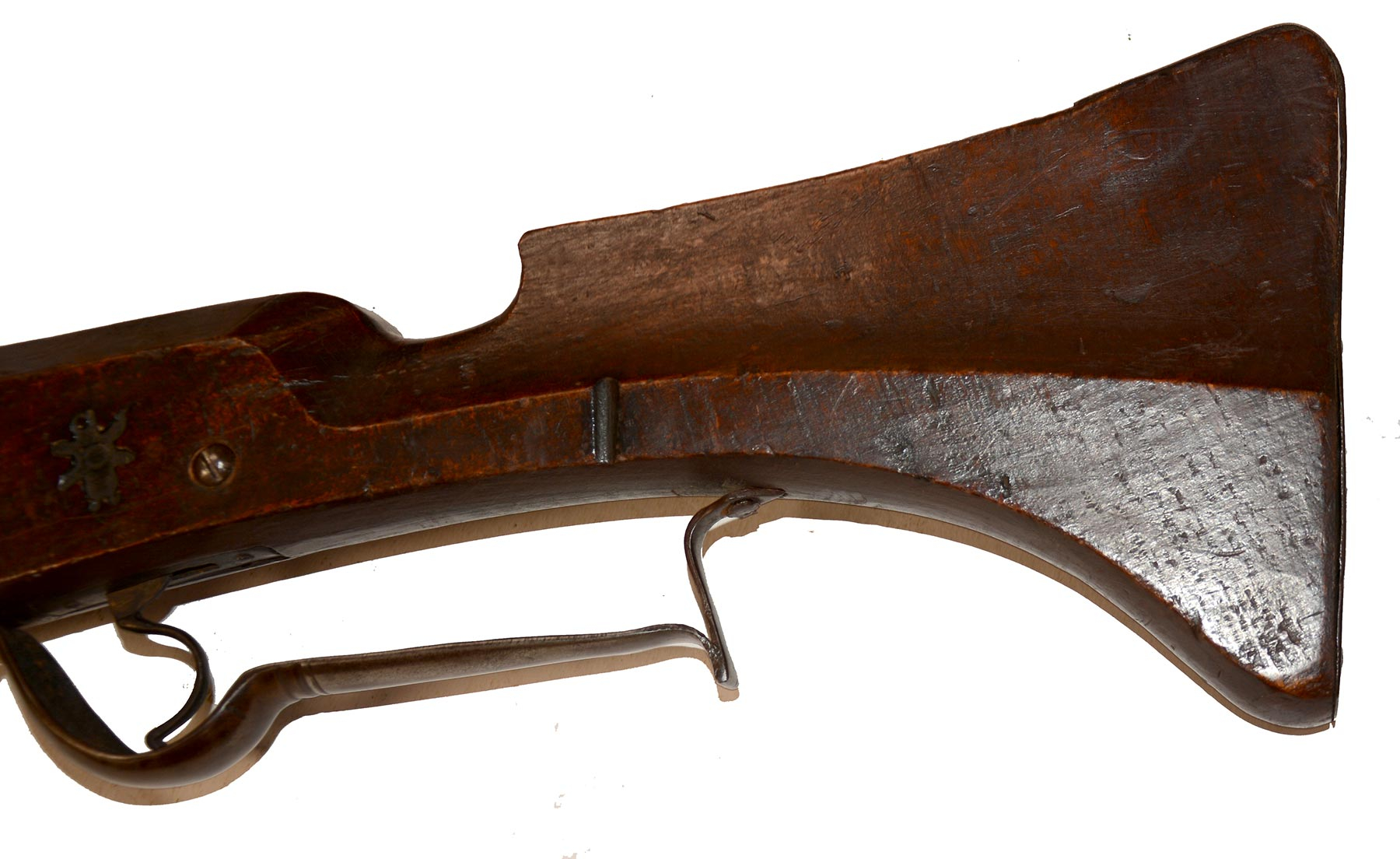
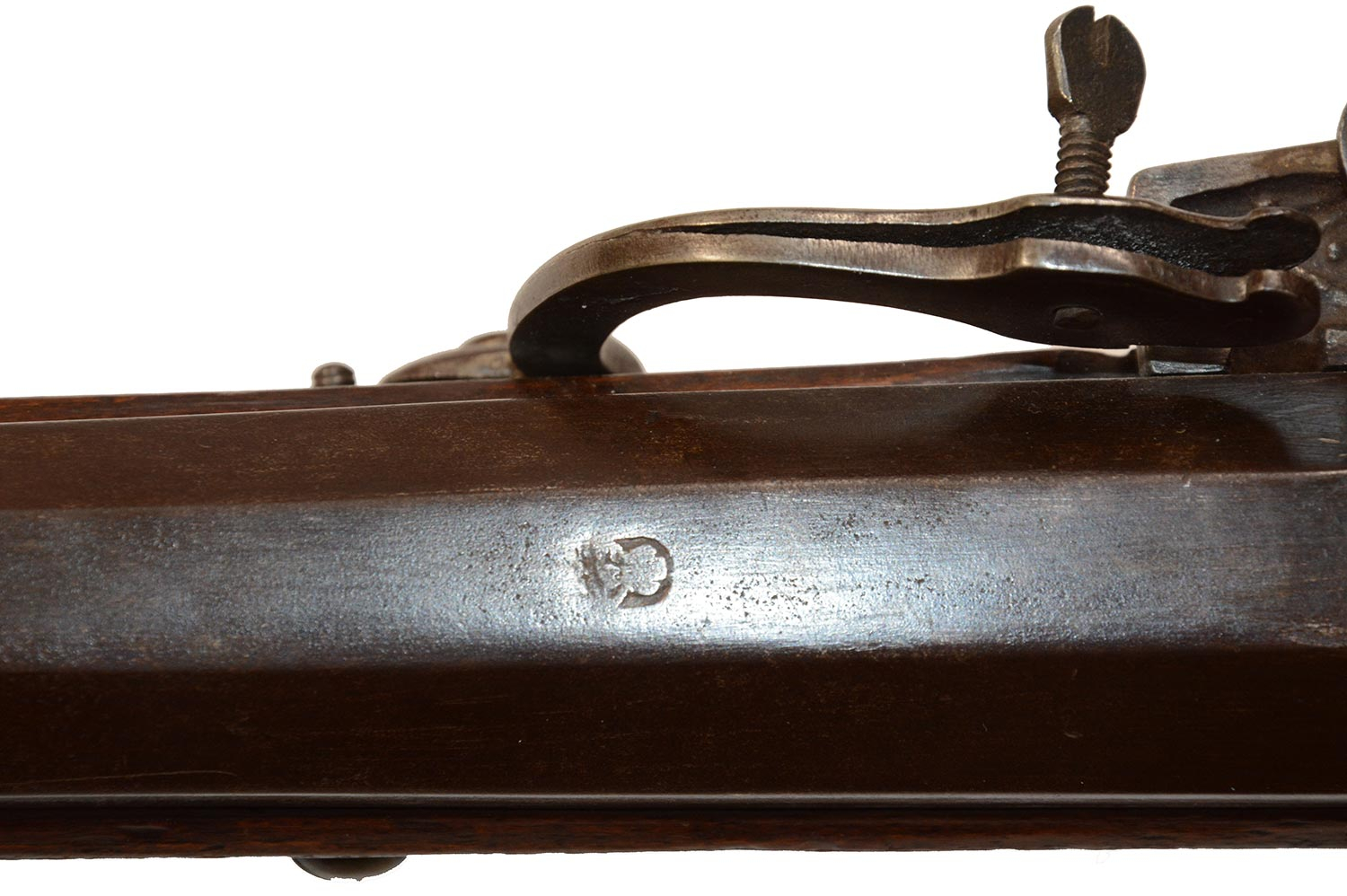
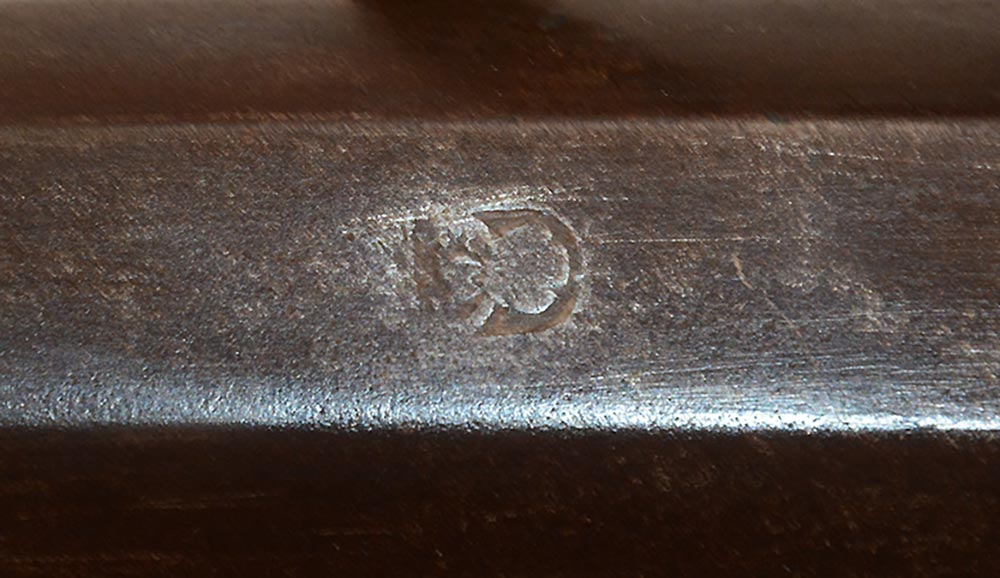
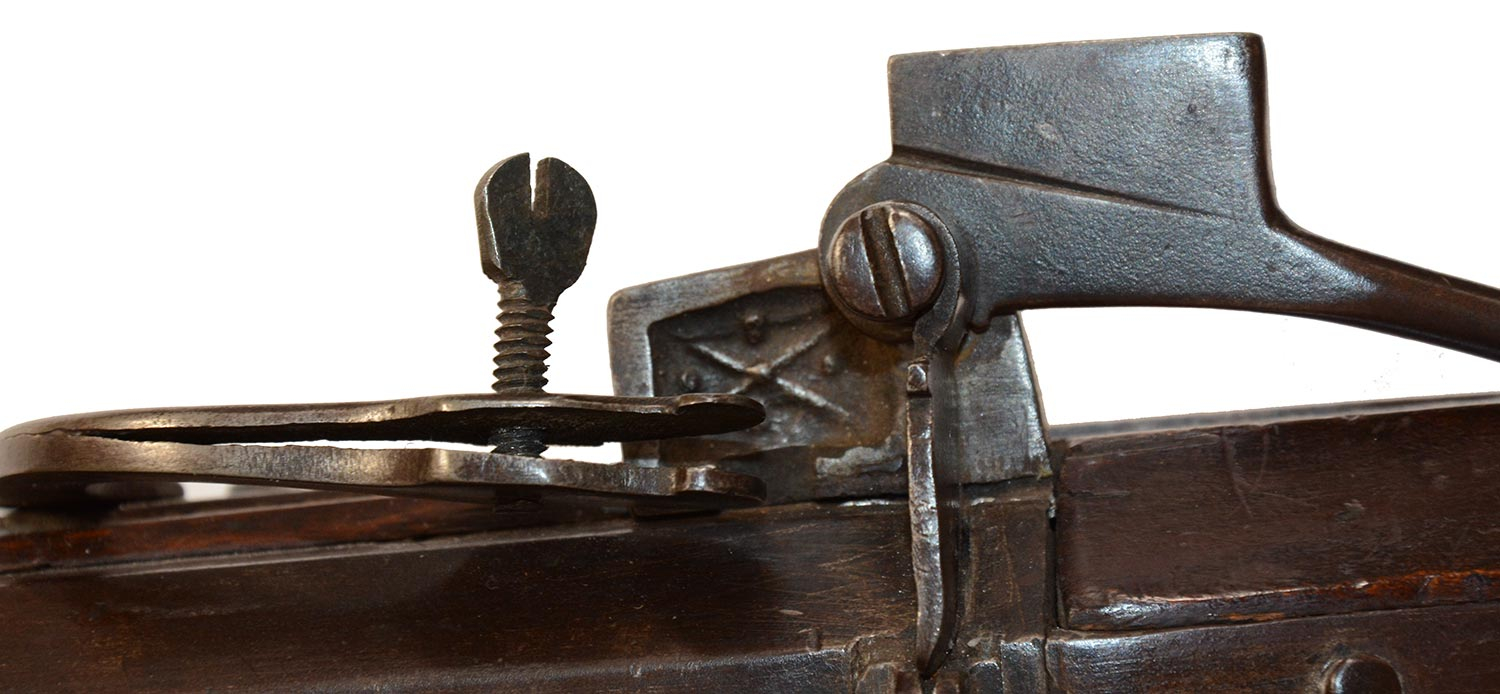


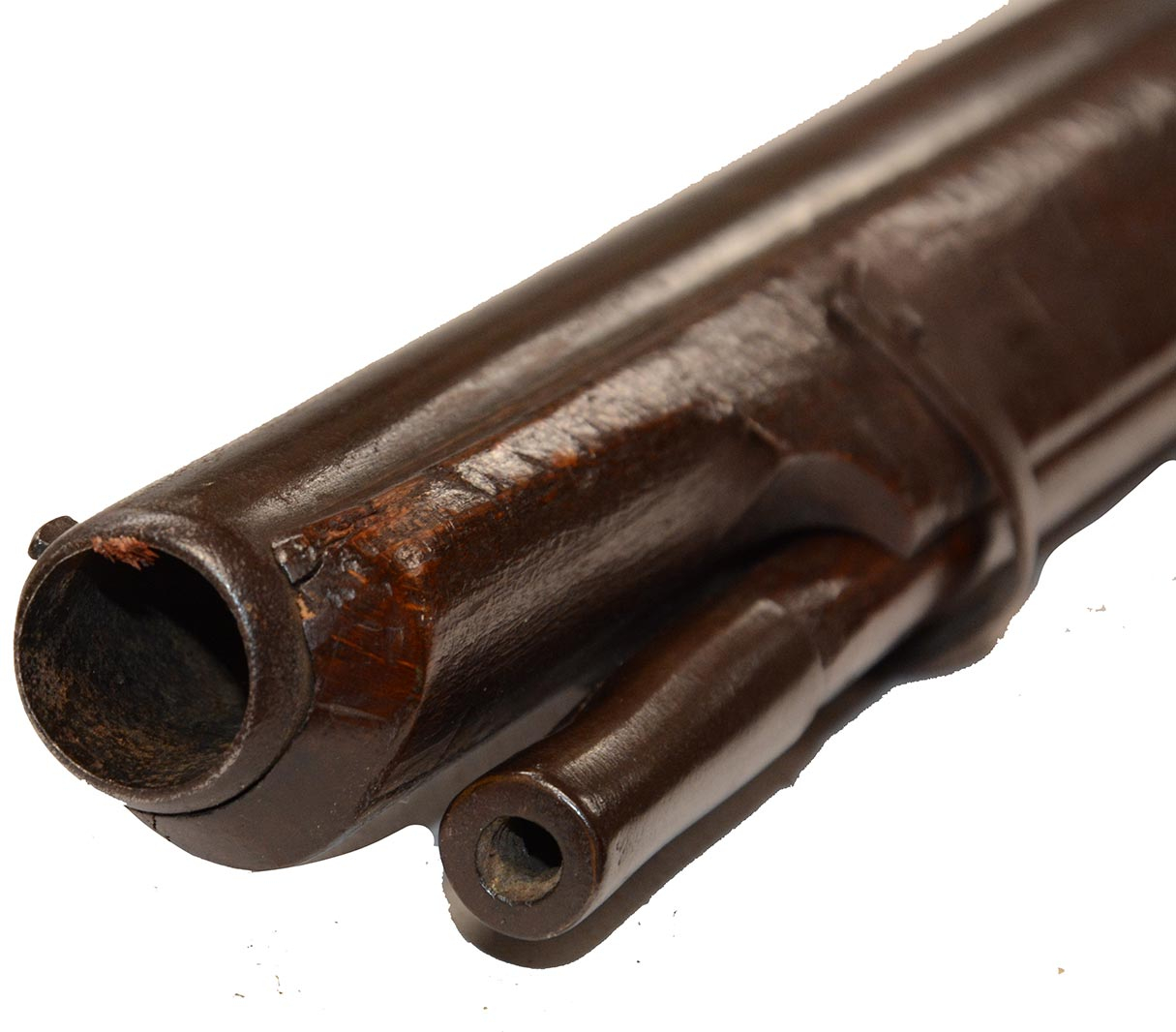
$11,500.00 SOLD
Quantity Available: None
Item Code: 88-135
This perfect 17th century example was known as the "new" or lightened type. Information gathered from a great website by Peter Engerisser follows:
"The unwieldiness of early matchlock muskets necessarily caused military specialist and gunmakers to think about lighter construction patterns. Already at the beginning of the Thirty Years War in 1618 the extremely heavy and burdensome devices, as they are to be seen at the copper engravings of Jacob de Gheyn from 1607, with a weight of about 7,5 kg and more and a bore of 8 balls to the pound (appr. 21,6 mm) were outdated.
The lightening of the musket was often claimed to have been invented by Gustavus Adolphus himself. Gustavus however adopted most of his military innovations from Holland, where the conflict between the United Dutch Provinces and the Spanish Netherlands was already lasting since 1568 and where Prince Maurits of Orange, stadtholder of the Dutch Provinces, together with his cousin Johann, Count of Nassau-Siegen and Johann's brother, Willem Lodewijk of Nassau, had reformed, or in fact revolutionized the whole theory of warfare of Early Modern History. Already in 1596 Johann of Nassau wrote: "Musketeers not necessarily need to carry those exceedingly heavy muskets, thus in state of distress, and when forced to quick retreat, they can easier move forward, and in a hurry also can shoot without using a fork. In February 1599 the Dutch army regulations limited the weight of the musket to about 6,5 kg, which was still fairly heavy and required the use of a musket rest or forquette.
During the first quarter of the 17th century large bulks of muskets were manufactured in the German towns of Suhl and Essen, in the Dutch cities of Amsterdam, Utrecht, Dortrecht and Gravenhagen (the Hague). Lower quantities of muskets, but especially the lighter calibers, were built in the German cities of Nurnberg and Augsburg. Until the middle of the twenties of the 17th century also Sweden imported most of its demand on firearms from Germany and the Netherlands. From about 1627, under the direction of Dutch military enterprisers like Louis de Geer and Willem de Besche, increasing production facilities were transferred to Sweden. While a major part of more complicated wheel lock weapons still had to be imported, the simpler matchlock muskets could easily be manufactured in the country. As an example, the Swedish city of Jönköping evolved as a leading Swedish center of production and even more of proofing of firearms (proof mark is a crowned ring).
Already in the year 1624 Gustavus Adolphus per decree had ordered a new and lighter pattern for matchlock muskets. However, these muskets, until about 1630 manufactured in Sweden, with a directed barrel length of 115 to 118 cm (the length was set at about 3 feet 10 inches, with some tolerance) and a total length of about 156 cm still were rather cumbersome, while the comparable long barrel only insignificantly contributed to an increased shooting performance.
From about 1630 a new musket type evolved from the Thuringia city of Suhl, the German leading center of firearms manufacturing, with further improved quality and further reduced weight. This was achieved by again shortening the barrel and reducing the barrel-thickness. This new musket generation had an average length of about 140 cm with a barrel length of 102 cm and a total weight between 4,5 and 4,7 kg. The smooth bore of the barrel was 10 balls to the pound (appr. 19,7 mm) shooting a rolling bullet of 12 to the pound.
At this time there was an ongoing tendency to further lighten the caliber of muskets. From 1630 both warring parties tented to use a musket caliber of about14 balls to the pound shooting bullets of 16 to the pound. From about 1634 a common musket bore (even with Suhl models) was about 17.5 mm (16 to the pound). This kind of bullet can commonly be found on battle fields of the Thirty Years war from 1632 on.
Because of this still fairly large calibers even these lightened muskets still developed a ferocious recoil. They still were often shot by using a musket rest, called forquette (fork). On the 6th of May 1632 the Rothenburg chronicler Sebastian Dehner however noted that a company of Swedish infantry had arrives, equipped with the new light muskets not using forquettes.
The barrel on our matchlock is half round and half octagonal and measures just over 40 inches. The caliber is .75 (11 balls to the pound). The early style 17th century Beech stock has the narrow "fish tail butt". The condition is flawless. A deep owners or armory mark is burned into the wood across from the lock plate. All metal components on this weapon are flawless, in the bright as made and showing no rust or pitting. Lock mechanics are perfect. A Lowland or Germanic maker's or armorers make is stamped on the top flat of the barrel. The original wooden ramrod is in place. Please take time to examine our photographs. Matchlocks made in Western Europe like this were exported all across Europe and even to England. This was particularly the case with those from the Lowlands. Identical examples were used in Colonial America. Previously in the advanced collections of both the A. Hanzlian and P. Donnelly this firearm is in condition beyond belief and original in every respect. [pe] [ph:L]
DISCLAIMER: All firearms are sold as collector's items only - we do not accept responsibility as to the shooting safety or reliability of any antique firearm. All firearms are described as accurately as possible, given the restraints of a catalog listing length. We want satisfied customers & often "under" describe the weapons. Any city or state regulations regarding owning antique firearms are the responsibility of the purchaser. All firearms are "mechanically perfect" unless noted, but again, are NOT warranted as safe to fire!
~~~~~~~~~~~~~~~~~~~~~~~~~~~~~~~~~~~
THIS ITEM, AS WITH ALL OTHER ITEMS AVAILABLE ON OUR WEB SITE,
MAY BE PURCHASED THROUGH OUR LAYAWAY PROGRAM.
CLICK HERE FOR OUR POLICIES AND TERMS.
THANK YOU!
Inquire About MINT CONDITION CIRCA 1630 MATCHLOCK MUSKET
Most Popular
Historical Firearms Stolen From The National Civil War Museum In Harrisburg, Pa »
Theft From Gravesite Of Gen. John Reynolds »
Selection Of Unframed Prints By Don Troiani »
Fine Condition Brass Infantry Bugle Insignia »
featured item
RARE M1840 U.S. ARTILLERY OFFICER’S SABER MADE BY AMES BUT ETCHED AND RETAILED BY SCHUYLER, HARTLEY AND GRAHAM: THE ONE IN THE BOOK!
This is an extremely rare M1840 U.S. artillery officer’s saber made by Ames but etched and retailed by Schuyler, Hartley and Graham. Thillmann knew only of this one example, and until it was found it was unclear if Schuyler, Hartley and Graham… (870-637). Learn More »
site search
Upcoming Events
The shop is currently closed so that we may conduct our annual inventory. We are available by phone… Learn More »


